SEO Keywords:
northern italy vs southern italy, north vs south italy culture, italy travel guide, cultural differences in italy, food in northern and southern italy, travel tips for italy, southern italy travel, northern italy destinations
Introduction: One Country, Two Souls
Italy may be a boot-shaped country on the map, but don’t be fooled—it’s practically two worlds in one. From Milan to Naples, Venice to Palermo, traveling from Northern to Southern Italy feels like entering different countries. This isn’t just about geography—it’s language, food, fashion, pace of life, and even the air you breathe. Whether you’re planning your first Italian getaway or returning for more, understanding the contrast between Northern and Southern Italy can shape your itinerary in surprising ways.
Let’s break down what makes the North and South of Italy so different—and equally worth visiting.
1. Geography & Climate
- Northern Italy is known for its Alpine mountains, crystal-clear lakes (like Lake Como), and cities like Milan, Turin, and Venice. It has a more continental climate—cold winters and hot, dry summers.
- Southern Italy, on the other hand, boasts Mediterranean vibes—coastal cliffs, golden beaches, and volcanic landscapes. Cities like Naples, Bari, and Palermo enjoy milder winters and scorching summers.
🧳 Travel Tip: If you want snow and ski resorts, head North. If you dream of coastal sunsets and lemon trees, the South is your paradise.
2. Economy & Infrastructure
Northern Italy is wealthier, more industrialized, and developed. It’s the hub for fashion (Milan), finance (Turin), and manufacturing. Public transport is fast and efficient.
Southern Italy (the Mezzogiorno) has more rural areas and slower development due to historical and political factors. However, what it lacks in infrastructure, it makes up for in charm, authenticity, and affordability.
💰 Travel Tip: If you’re on a tight budget, the South offers cheaper accommodation, food, and experiences.
3. Cultural Identity
- The North tends to be more reserved, punctual, and business-oriented. There’s a strong Austrian/French influence, especially in regions like Trentino or Piedmont.
- The South is warmer in more ways than one—people are more expressive, spontaneous, and community-driven. It has stronger Greek, Arabic, and Spanish influences due to its past.
💡 Fun Fact: You’ll notice different dialects in each region. In the South, the Neapolitan and Sicilian dialects are so strong, even native Italians need subtitles!
4. Food: Two Different Kitchens
This is where things get deliciously divisive.
- Northern Italian Cuisine leans on butter, cream, risottos, polenta, and meat-based sauces. Cheese is abundant—think Gorgonzola, Taleggio, and Fontina.
- Southern Italian Cuisine embraces olive oil, tomatoes, fresh herbs, seafood, and pasta. It’s the birthplace of pizza (Naples) and dishes like eggplant parmigiana and arancini.
🍕 Travel Tip: For pizza and street food, go South. For fine cheeses, risotto, and hearty dishes, stick to the North.
5. Cities & Travel Vibe
Northern Cities to Visit:
- Venice – canals and romantic gondolas
- Milan – fashion and nightlife
- Verona – Romeo & Juliet’s balcony
- Bologna – historic universities and food heaven
Southern Cities to Visit:
- Naples – chaotic, passionate, birthplace of pizza
- Palermo – mix of cultures and street food magic
- Matera – ancient cave dwellings
- Lecce – “Florence of the South” with Baroque architecture
🗺️ Travel Tip: North is better for art, architecture, and polished cities. South is more about natural beauty, local color, and raw culture.
6. Safety & Travel Experience
Both North and South are generally safe for tourists. But:
- Northern cities tend to have lower petty crime rates.
- Southern cities (especially Naples or Palermo) may feel more chaotic, with pickpocketing in busy areas.
That said, Southern hospitality is unmatched—locals will go out of their way to help.
👮 Travel Tip: Keep your valuables secure in crowded areas, especially in Southern train stations and buses.
7. Cost of Travel
- Northern Italy is more expensive in terms of hotels, restaurants, and transport.
- Southern Italy is budget-friendly—cheap eats, affordable stays, and less tourist exploitation.
💸 Example: A dinner in Milan may cost €25–€40 per person. In Naples? €10–€15 with wine.
8. Festivals & Traditions
- In Northern Italy, events are often tied to fashion, opera, and winter sports (e.g., Milan Fashion Week, Venice Carnival).
- In Southern Italy, expect traditional religious processions, lively street festivals, and food-centered celebrations (like Sagra di San Gennaro in Naples).
🎭 Cultural Tip: Time your trip with a local festival for the most immersive experience—especially in the South.
Conclusion: So, Which One Should You Visit First?
If you prefer fast-paced cities, clean infrastructure, high-end fashion, and snowy mountains—start with the North.
If you’re looking for authenticity, beach towns, historic ruins, and passionate locals—go South first.
But here’s the truth: Italy is a masterpiece in two halves. The real magic? Visiting both and realizing how a single country can offer two completely different yet complementary experiences.
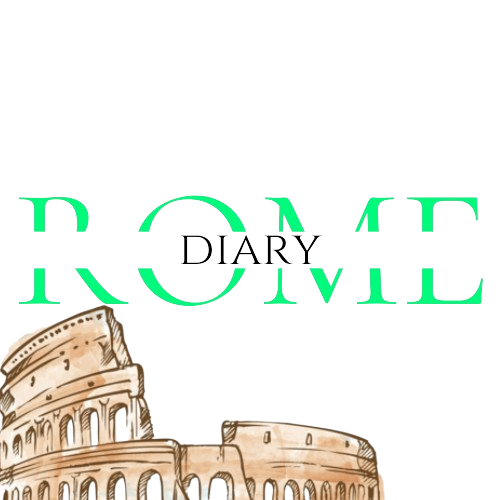
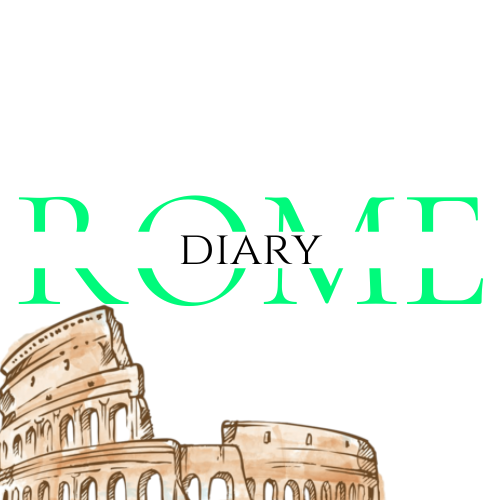
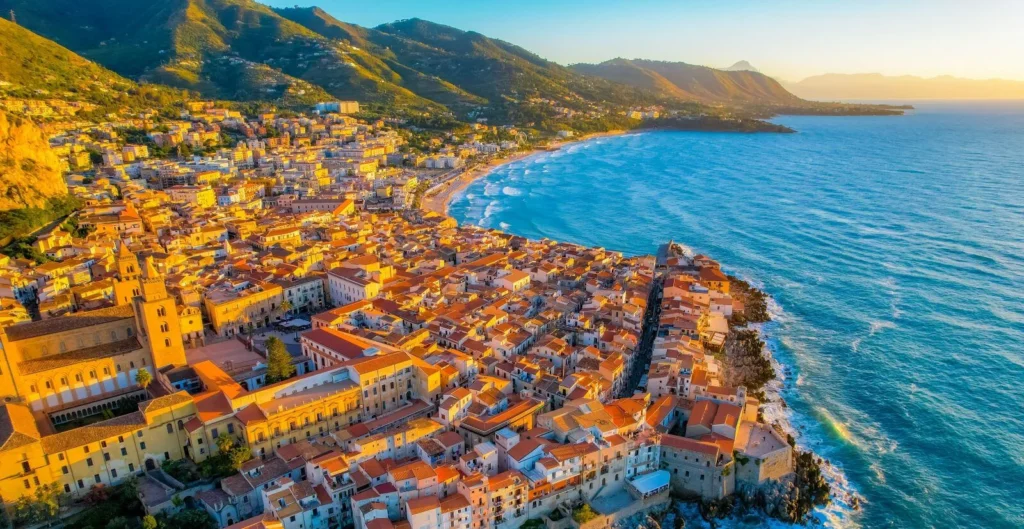
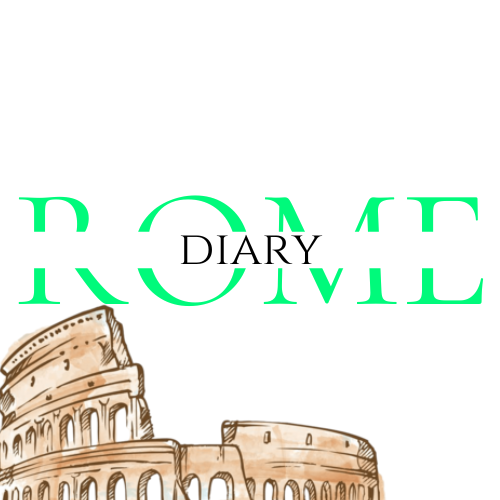
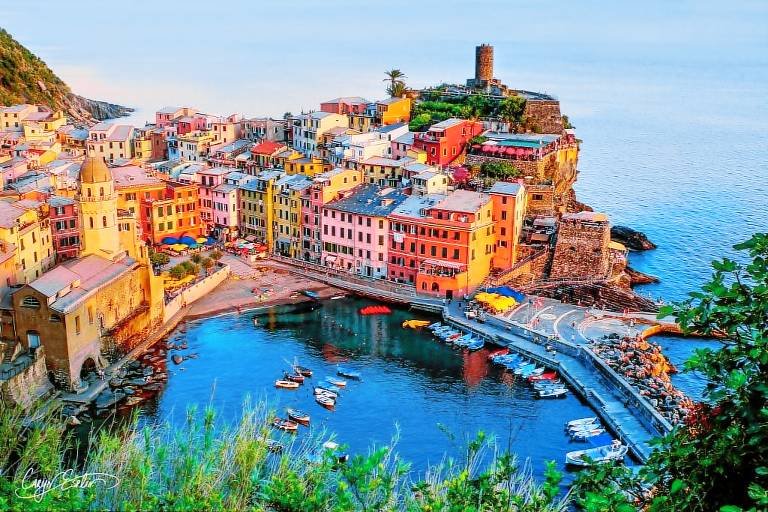
Leave a Reply